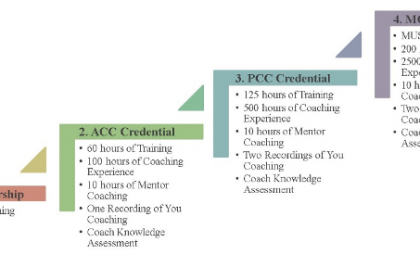In the previous blogs the scenario presented was an employee who initially thought the coach was there to facilitate the loss of their job. By giving the employee space to talk and then sharing that coaching was intended to keep the employee, the coach opened the door. The coach provided the employee with the coaching agreement and discussed the code of ethics. The employee agreed to be a coaching client.
Because the coach was hired by the company and had been provided with the Performance Improvement Plan, PIP, the coach ensured they had permission from the company to disclose this information. While having this conversation the employee, now a client, started crying and shared a number of personal challenges they were experiencing at home. The coach took the time to listen, and worked with the client on developing their plan for moving forward.
Next the coach and the client decided on an exploration of what the client wanted at work. Then, with a list of goals in hand, they reviewed the PIP together. Many of the client’s work goals aligned with expected outcomes from the PIP. Based on both the stated goals and the objectives in the PIP, the coach and the client developed a list of what they would focus on and in what order of priority. The client openly explored how they would move forward and developed specific action steps. Together the coach and the client created a report on the goals, action steps, and progress to provide the company. The coaching engagement progressed and the client did achieve their performance goals.
Before deciding a coaching engagement is hopeless, seek to understand, and to explore the possibilities.



